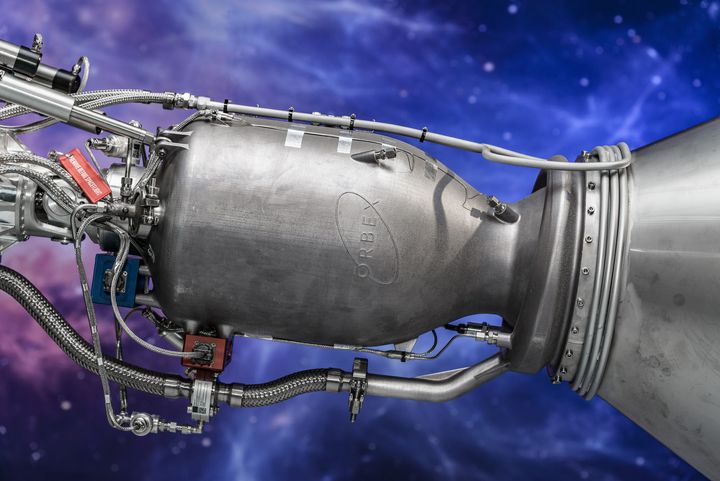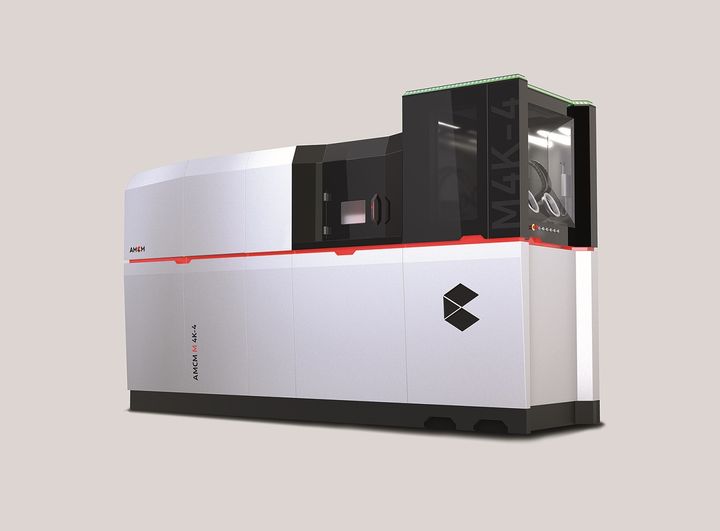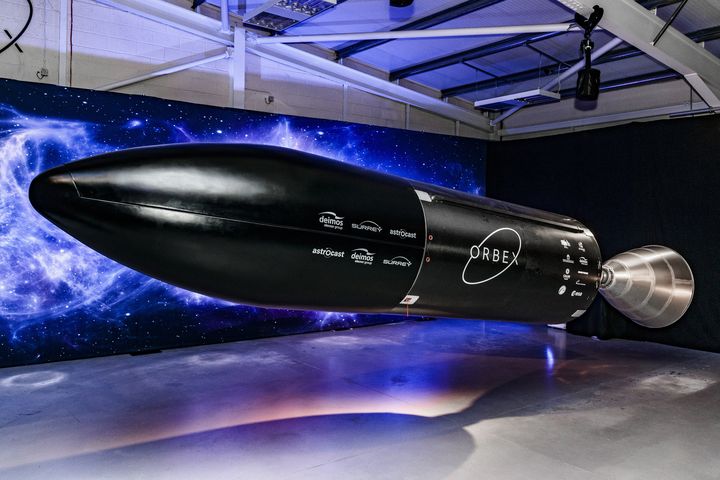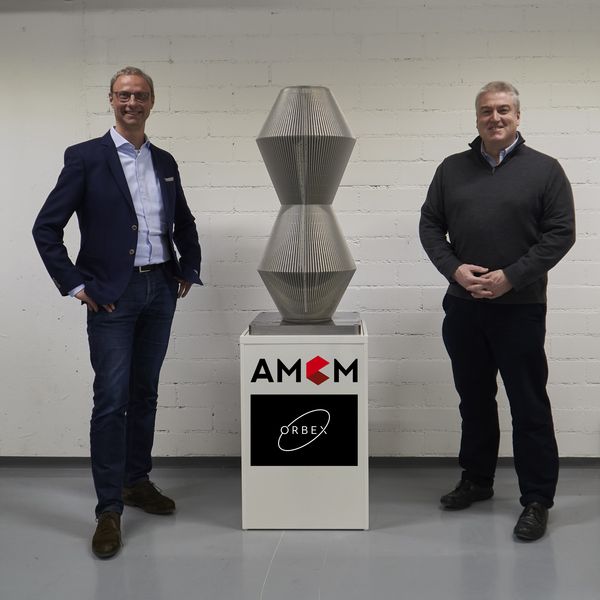
Orbex has commissioned what will apparently be the largest industrial 3D printer in Europe.
Orbex’s plan is to develop a bio-propane-burning reusable rocket called “Prime”. Apparently this type of fuel produces 90% less CO2 than the more typical kerosene-based rocket fuels. I suspect the company must be designing the rocket engine specifically for this new type of fuel.
The Scottish rocket company intends on 3D printing rocket engines and associated components in a minimum number of parts, preferably one. But to do so you need a metal 3D printer with a volume sufficient to hold the entire rocket part.
They’ve partnered with AMCM to build a 3D printer with the necessary dimensions and capabilties.
You might be wondering why Orbex didn’t call up one of the usual suspects, like EOS, and order a large 3D printer. That’s because AMCM actually IS EOS! It’s a service subsidiary that can work directly with clients to develop custom 3D printers for any purpose, including large-formats.

Orbex doesn’t describe the evidently large size of the 3D printer they’re acquiring through AMCM, but we can make some guesses.
Here you can see an image of Prime. This is a (relatively) small orbital-class rocket with an overall length of 19m. The important dimension, however, is the diameter, which turns out to be 1.3m.

That’s a measurement likely close to the diameter of the engine bell on Prime. However, Prime appears to be taller than it is wide, so it might be reasonable to assume the custom metal 3D printer could have a build envelope of up to 2m or even more. That’s pretty big for a metal 3D printer.
It’s also possible they may be developing follow-on rockets that have even bigger sizes. In that case, it wouldn’t be surprising to see the build envelope even larger.
Orbex says:
“The 3D printing system will print rocket parts using a custom blend of metals including titanium and aluminium to create a lightweight system designed to withstand the temperature and pressure extremes of spaceflight. Orbex will print components such as rocket engines as a single piece, eliminating the weaknesses which can arise from joining and welding.”
Their intention is to produce “more than 35” rocket engines annually.

Curiously, Orbex says they already have the capability to produce rocket engines using conventional approaches. However, they intend on leveraging the rapid turnaround from 3D printing to iterate designs to higher quality. Orbex CEO Chris Larmour said:
“Although our rocket engines and other critical systems are already quite mature after years of testing, a large-scale in-house 3D printing system like this gives us far greater speed and agility as we ramp up production. It means we can continue to iterate and drive up performance even further. Longer term, as we get ready for multiple launches per year, it will give us greater control over our costs and supply chain. After exhaustive trials, the results we’ve seen from AMCM were very successful and we’re confident that we’ve made the right choice of partner.”
While this project will no doubt benefit Orbex greatly, it may also inspire other companies to consider the use of custom-designed 3D printers. Some may mistakenly believe their application “can’t be done” using 3D printers, but perhaps that’s true only for off-the-shelf equipment.
Via Orbex
